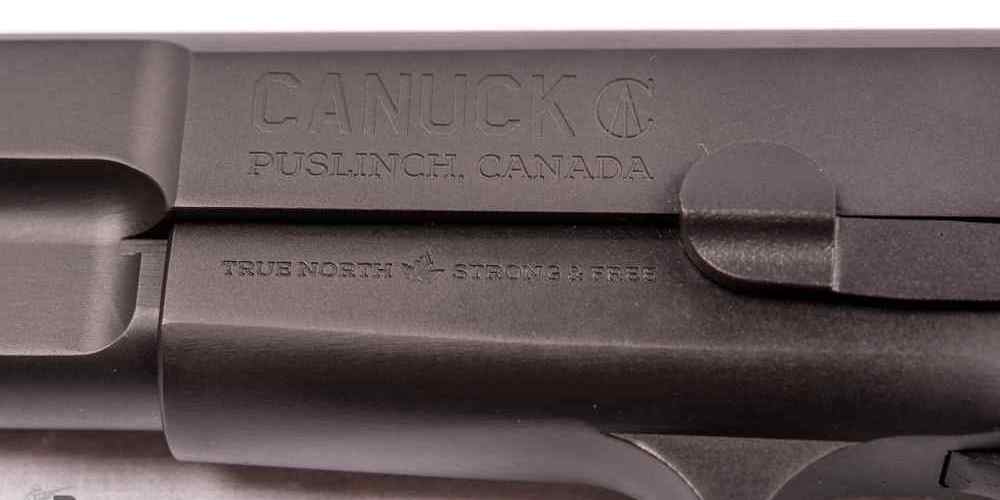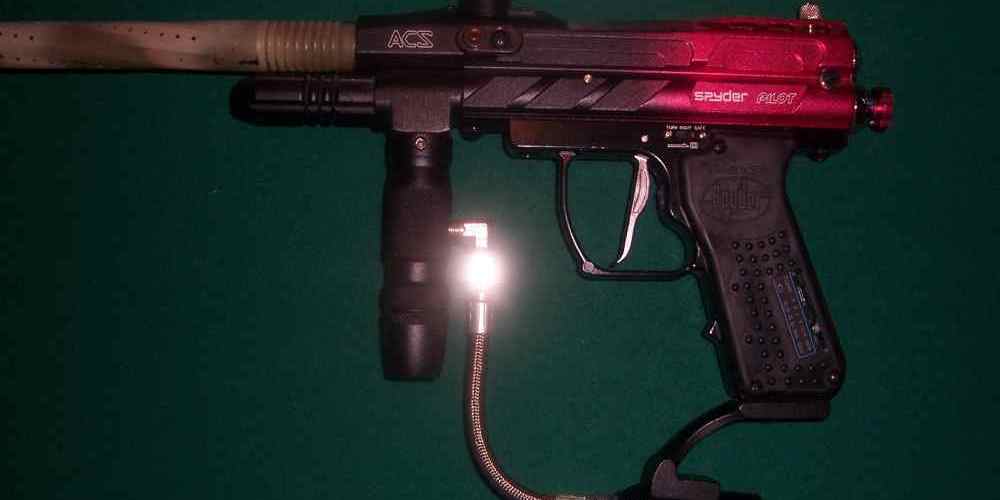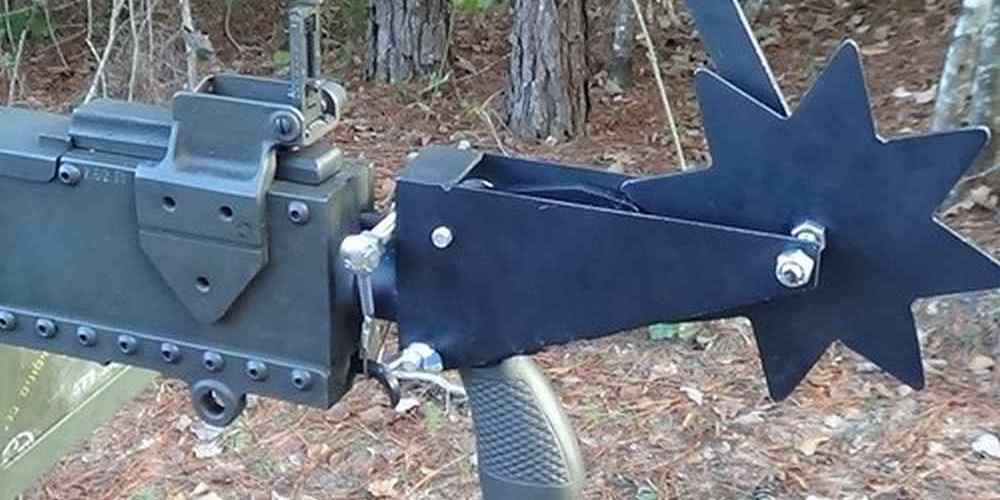“Unlocking the full potential of your extractor for optimal results.”
Optimizing Extraction Parameters for Maximum Efficiency
When it comes to extracting compounds from raw materials, whether it be in the pharmaceutical, food, or cosmetic industries, the efficiency of the extraction process is crucial. The quality and quantity of the final product depend heavily on how well the extraction parameters are optimized. In this article, we will delve into the world of extraction and discuss how tuning the parameters can lead to perfect performance.
One of the key factors in optimizing extraction parameters is the choice of solvent. Different solvents have different affinities for specific compounds, so selecting the right solvent is essential for achieving maximum efficiency. Factors such as polarity, viscosity, and toxicity must be taken into consideration when choosing a solvent. Additionally, the solvent-to-sample ratio plays a significant role in the extraction process. A higher ratio can lead to faster extraction but may also result in lower purity of the final product. Finding the right balance is crucial for achieving optimal results.
Another important parameter to consider is the extraction time. The duration of the extraction process can greatly impact the yield and quality of the final product. Longer extraction times may lead to higher yields but can also result in the extraction of unwanted compounds. On the other hand, shorter extraction times may yield purer products but at the expense of lower overall yield. Finding the optimal extraction time requires careful experimentation and monitoring of the extraction process.
Temperature is another critical parameter that can significantly affect the efficiency of the extraction process. Higher temperatures can increase the solubility of compounds in the solvent, leading to faster extraction. However, excessive heat can also degrade the compounds being extracted, resulting in lower quality products. Finding the right temperature for extraction is essential for achieving the perfect balance between yield and purity.
The particle size of the raw material being extracted is also an important factor to consider. Smaller particle sizes have a larger surface area, which can lead to faster extraction. However, smaller particles can also lead to clogging of the extraction equipment and difficulty in separating the final product from the solid residue. Finding the optimal particle size for extraction requires careful consideration of the specific characteristics of the raw material being processed.
In addition to these parameters, the pH of the extraction solution can also play a significant role in the efficiency of the extraction process. The pH can affect the solubility of compounds in the solvent and can also impact the stability of the compounds being extracted. Adjusting the pH of the extraction solution to the optimal range can lead to improved extraction efficiency and higher quality products.
In conclusion, optimizing extraction parameters is essential for achieving perfect performance in the extraction process. By carefully tuning factors such as solvent choice, extraction time, temperature, particle size, and pH, it is possible to maximize the efficiency of the extraction process and produce high-quality products. Experimentation and monitoring are key to finding the optimal parameters for each specific extraction process. With the right approach, it is possible to enhance the extractor and achieve perfect performance.
Upgrading Equipment for Improved Extraction Yield
When it comes to extracting materials from a substance, having the right equipment is crucial. Whether you are in the pharmaceutical, food and beverage, or chemical industry, having an efficient extractor can make all the difference in the quality and quantity of your final product. However, simply having an extractor is not enough. To truly maximize its performance, tuning and upgrading your equipment is essential.

One of the key factors in enhancing the performance of an extractor is ensuring that it is properly calibrated. This involves adjusting various parameters such as temperature, pressure, and flow rate to optimize the extraction process. By fine-tuning these settings, you can achieve a more efficient extraction with higher yields and better quality output.
Another important aspect of tuning an extractor is selecting the right solvent for the extraction process. Different solvents have different properties that can affect the extraction efficiency and the quality of the final product. By carefully choosing the solvent that is best suited for your specific application, you can improve the overall performance of your extractor.
In addition to tuning the extractor itself, upgrading certain components can also help enhance its performance. For example, upgrading the pump or the heating system can improve the efficiency of the extraction process and increase the yield of the final product. By investing in high-quality components and keeping them well-maintained, you can ensure that your extractor operates at peak performance.
Furthermore, incorporating automation and control systems into your extractor can also help improve its performance. By automating certain processes and monitoring key parameters in real-time, you can optimize the extraction process and make adjustments as needed to achieve the desired results. This not only improves the efficiency of the extractor but also reduces the risk of human error and ensures consistent quality output.
When it comes to upgrading your extractor, it is important to work with a reputable supplier who can provide you with the necessary expertise and support. They can help you identify areas for improvement, recommend the right upgrades for your specific needs, and assist you in implementing these changes effectively. By partnering with a knowledgeable supplier, you can ensure that your extractor is always operating at its best.
In conclusion, tuning and upgrading your extractor is essential for achieving perfect performance. By fine-tuning the settings, selecting the right solvent, upgrading components, and incorporating automation, you can optimize the extraction process and improve the yield and quality of your final product. Working with a trusted supplier can help you make the right upgrades and ensure that your extractor is always operating at its peak performance. So, don’t wait any longer – start enhancing your extractor today for better results tomorrow.
Fine-tuning Extraction Techniques for Consistent Results
When it comes to extracting the most flavor and aroma from your coffee beans, the process can be a delicate balance of art and science. Fine-tuning your extraction techniques is essential for achieving consistent and perfect results every time. Whether you are a seasoned barista or a home coffee enthusiast, understanding the key factors that influence extraction can help you take your coffee game to the next level.
One of the most critical aspects of extraction is grind size. The size of your coffee grounds plays a significant role in how quickly water can pass through them and extract the flavors. If your grind is too fine, the water may struggle to flow through, resulting in over-extraction and a bitter taste. On the other hand, if your grind is too coarse, the water may pass through too quickly, leading to under-extraction and a weak, sour flavor. Experimenting with different grind sizes and adjusting based on taste can help you find the perfect balance for your preferred brewing method.
Another important factor to consider is water temperature. The ideal temperature for brewing coffee is between 195-205 degrees Fahrenheit. Water that is too hot can scorch the coffee grounds, resulting in a burnt flavor, while water that is too cold may not extract enough flavor from the beans. Using a thermometer to monitor the water temperature and making adjustments as needed can help you achieve optimal extraction and a delicious cup of coffee every time.
In addition to grind size and water temperature, the ratio of coffee to water is also crucial for achieving consistent results. The standard ratio for brewing coffee is 1:16, meaning one part coffee to sixteen parts water. However, this ratio can be adjusted based on personal preference and the brewing method being used. Experimenting with different ratios and keeping track of the results can help you fine-tune your extraction process and dial in the perfect cup of coffee.
One often overlooked aspect of extraction is the quality of the water being used. Water that is too hard or too soft can affect the flavor of your coffee and lead to inconsistent results. Using filtered water or water with the right mineral content can help ensure that your coffee tastes its best every time. Additionally, cleaning your coffee equipment regularly and using fresh, high-quality beans can also contribute to a better extraction and a more enjoyable coffee experience.
Overall, fine-tuning your extraction techniques is a continuous process that requires patience, experimentation, and attention to detail. By focusing on factors such as grind size, water temperature, coffee-to-water ratio, water quality, and equipment maintenance, you can enhance the flavor and aroma of your coffee and achieve perfect performance with every brew. So, grab your favorite beans, fire up your extractor, and start tuning for the best cup of coffee you’ve ever had. Cheers to perfect extraction!
Enhancing Cleaning and Maintenance Procedures for Prolonged Extractor Lifespan
When it comes to maintaining your extractor, tuning it for perfect performance is essential for prolonging its lifespan. Extractors are powerful machines that are designed to remove dirt, grime, and stains from carpets and upholstery. However, like any piece of equipment, they require regular maintenance to ensure they continue to operate at their best.
One of the key ways to enhance your extractor is by tuning it for optimal performance. This involves adjusting various settings and components to ensure that the machine is operating efficiently and effectively. By taking the time to tune your extractor, you can improve its cleaning power, reduce wear and tear on the machine, and extend its lifespan.
One of the first steps in tuning your extractor is to check the water pressure. The water pressure plays a crucial role in the cleaning process, as it helps to agitate and remove dirt and stains from the carpet fibers. If the water pressure is too low, the extractor may not be able to clean effectively. On the other hand, if the water pressure is too high, it can damage the carpet fibers and reduce the lifespan of the machine. By adjusting the water pressure to the optimal level, you can ensure that your extractor is cleaning at its best.
Another important aspect of tuning your extractor is to check the vacuum power. The vacuum power is what allows the extractor to remove the dirty water and debris from the carpet after cleaning. If the vacuum power is too weak, the extractor may leave behind excess water and dirt, leading to a longer drying time and potentially causing mold and mildew to grow. By adjusting the vacuum power to the correct level, you can ensure that your extractor is removing all of the dirt and water from the carpet, leaving it clean and dry.
In addition to adjusting the water pressure and vacuum power, it is also important to regularly clean and maintain the extractor. This includes emptying and cleaning the recovery tank, checking and replacing the filters, and inspecting the hoses and brushes for any damage. By keeping your extractor clean and well-maintained, you can prevent clogs, reduce wear and tear on the machine, and ensure that it continues to operate at its best.
Regularly tuning your extractor and following a maintenance schedule can help to prolong its lifespan and keep it operating at peak performance. By taking the time to adjust the water pressure and vacuum power, as well as cleaning and maintaining the machine, you can ensure that your extractor continues to clean effectively and efficiently for years to come.
In conclusion, tuning your extractor for perfect performance is essential for prolonging its lifespan and ensuring that it continues to clean effectively. By adjusting the water pressure and vacuum power, as well as regularly cleaning and maintaining the machine, you can keep your extractor operating at its best. So take the time to tune your extractor and keep it well-maintained – your carpets will thank you for it!
Implementing Quality Control Measures to Ensure Optimal Performance
When it comes to extracting performance, tuning is key. Tuning your extractor can make a world of difference in the quality of your output. By implementing quality control measures, you can ensure that your extractor is running at its optimal performance level.
One of the first steps in tuning your extractor is to establish a baseline. This means running your extractor under normal operating conditions and recording the results. By doing this, you can identify any areas that may need improvement and set a benchmark for future performance evaluations.
Once you have established a baseline, it’s time to start making adjustments. This can involve tweaking various parameters such as temperature, pressure, and flow rate. By making small, incremental changes and monitoring the results, you can fine-tune your extractor for optimal performance.
It’s important to remember that tuning is an ongoing process. As your extractor operates over time, conditions may change and adjustments may need to be made. By regularly monitoring and evaluating your extractor’s performance, you can ensure that it is always running at its best.
In addition to making adjustments, it’s also important to implement quality control measures. This can involve regular maintenance checks, calibration of equipment, and monitoring of output quality. By taking these steps, you can catch any issues early on and prevent them from affecting your extractor’s performance.
Another important aspect of quality control is data analysis. By collecting and analyzing data on a regular basis, you can identify trends and patterns that may indicate potential issues. This can help you make informed decisions about when and how to make adjustments to your extractor.
In addition to data analysis, it’s also important to involve your team in the tuning process. By getting input from operators, technicians, and other stakeholders, you can gain valuable insights into how your extractor is performing and where improvements can be made. This collaborative approach can lead to better results and a more efficient tuning process.
Ultimately, tuning your extractor for optimal performance is a combination of science and art. It requires a keen eye for detail, a thorough understanding of the equipment, and a commitment to continuous improvement. By implementing quality control measures, regularly monitoring performance, and involving your team in the process, you can ensure that your extractor is always running at its best.
In conclusion, tuning your extractor for perfect performance is a critical step in maximizing output quality. By establishing a baseline, making adjustments, implementing quality control measures, and involving your team in the process, you can ensure that your extractor is always running at its optimal level. With a little time and effort, you can take your extractor to the next level and achieve the best results possible.







